Verticillium Wilt in a CONTAINER tomato?!?!?
aphidsquish
9 years ago
Related Stories

EDIBLE GARDENSSummer Crops: How to Grow Tomatoes
Plant tomato seedlings in spring for one of the best tastes of summer, fresh from your backyard
Full Story
LIFEKitchen Traditions: Tomato Season Meets a Family Legacy
Somewhere a Sicilian great-great-grandmother is smiling at a bowl of American-made sauce
Full Story
GARDENING GUIDESCalifornia Gardener's June Checklist
Update your hydrangeas, catch up on tomatoes and more ways to enjoy your California garden in June
Full Story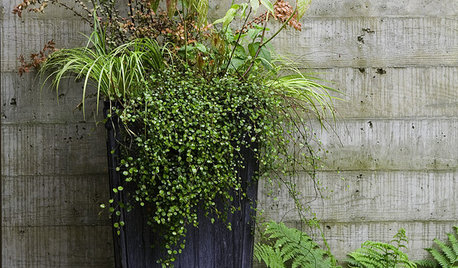
GARDENING GUIDESThe Secret Formula for Grouping Plants in a Pot
Designing a gorgeous container garden is easy once you know this simple rule of thumb for composition
Full Story
SPRING GARDENINGSummer Crops: How to Grow Strawberries
Pluck your own sweet strawberries right from the garden vine for smoothies, salads or eating then and there
Full Story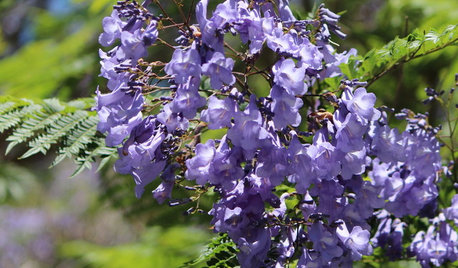
CALIFORNIA GARDENINGCalifornia Gardener's July Checklist
Bite into tree-fresh apricots, inhale delightful garden perfumes and continue planting vegetables for a late-summer harvest
Full Story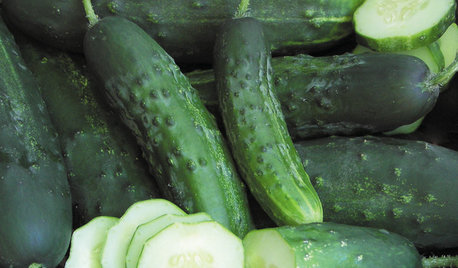
SUMMER FRUITS AND VEGETABLESSummer Crops: How to Grow Cucumbers
Pick a peck for pickles or opt for fewer and raw — no matter how you slice them, cucumbers are great for summer gardens small to large
Full Story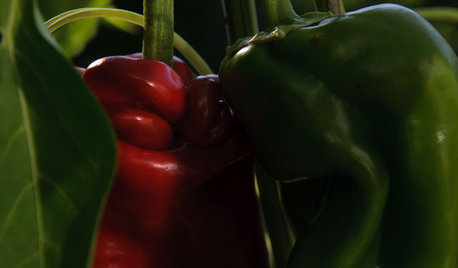
GARDENING GUIDESSummer Crops: How to Grow Peppers
Some like 'em hot; others like them sweet. With the incredible range of peppers available for home gardens, you can have your pick
Full Story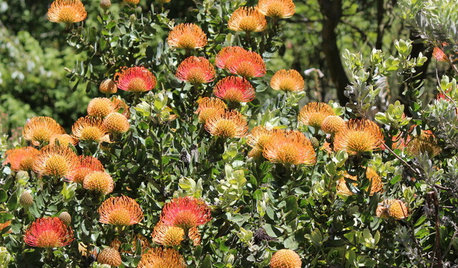
GARDENING GUIDESKeep Your Cool in the Garden — Here’s What to Do in August
Don’t let summer’s heat go to your head. These U.S. gardening guides will help you make sensible choices for all of your plantings
Full Story
EDIBLE GARDENSHow to Grow Your Own Sweet Summer Crops
This guide will help any gardener get started on growing the freshest warm-season veggies and berries for summer
Full StorySponsored
More Discussions






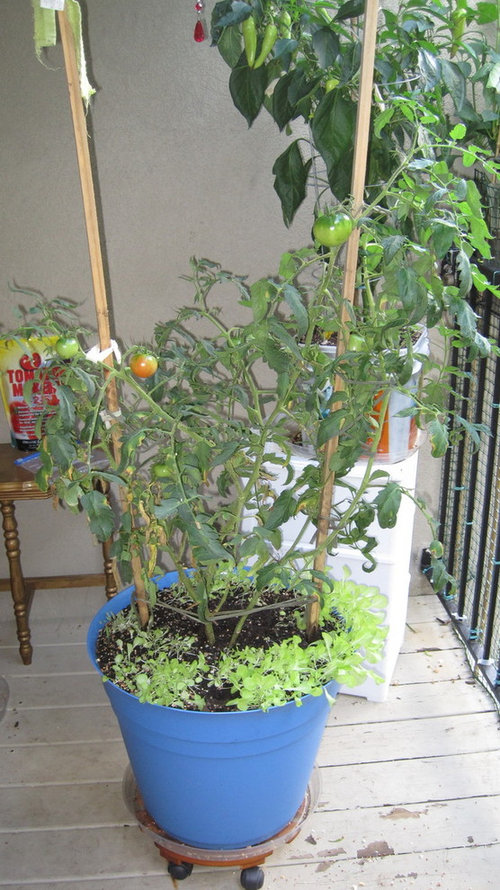
aphidsquishOriginal Author
aphidsquishOriginal Author
Related Professionals
Clemson Landscape Architects & Landscape Designers · Pelham Landscape Contractors · Fort Payne Landscape Contractors · Golden Landscape Contractors · Indio Landscape Contractors · Mount Kisco Landscape Contractors · Ocoee Landscape Contractors · Southbury Landscape Contractors · St. Louis Landscape Contractors · Westchester Landscape Contractors · Abington General Contractors · Bell General Contractors · Union Hill-Novelty Hill General Contractors · Pueblo West Decks, Patios & Outdoor Enclosures · West Chicago Decks, Patios & Outdoor EnclosuresaphidsquishOriginal Author
aphidsquishOriginal Author
PupillaCharites
aphidsquishOriginal Author
PupillaCharites
aphidsquishOriginal Author
aphidsquishOriginal Author
PupillaCharites